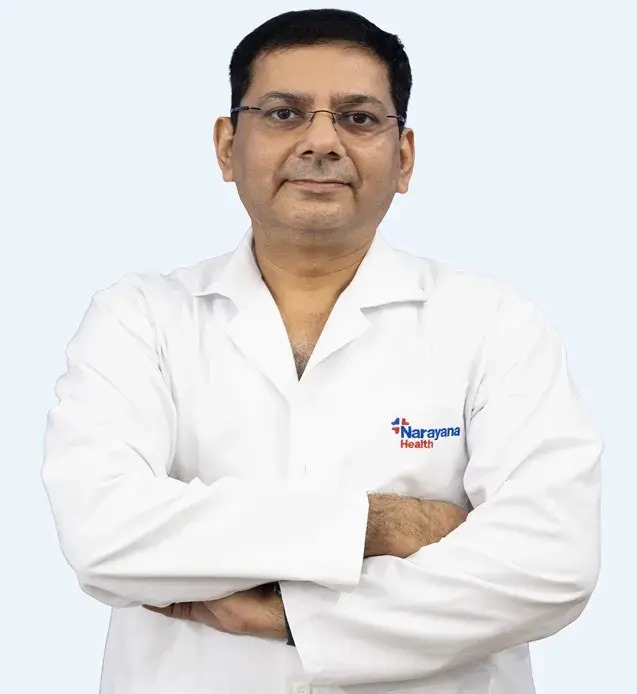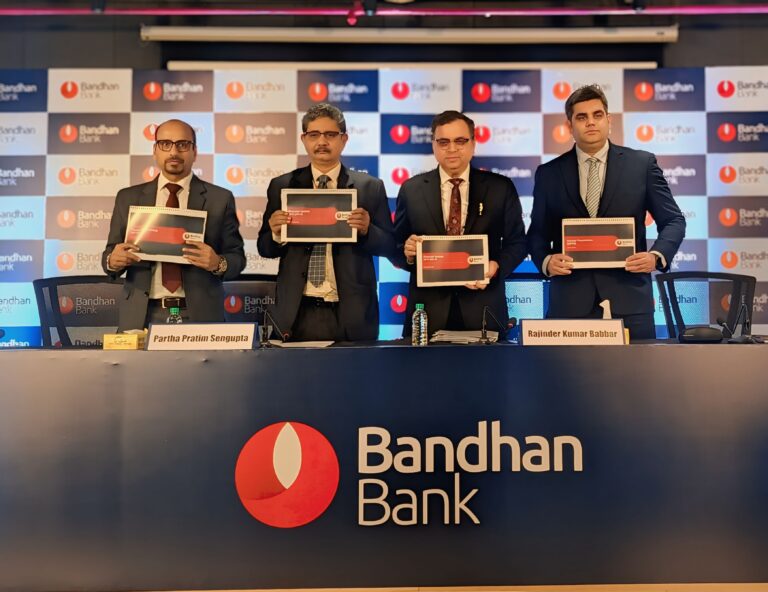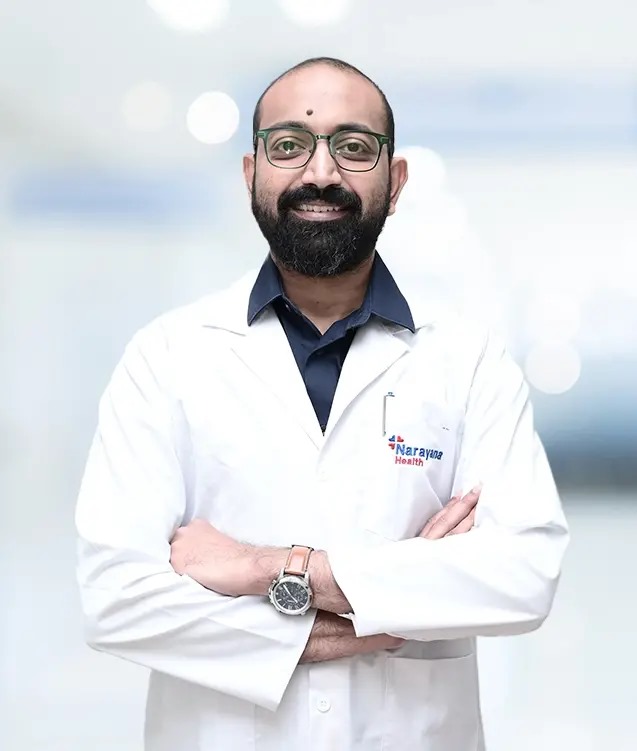
Kolkata, October 23, 2025: The idea of undergoing surgery often fills patients with anxiety — and much of that fear stems not from the surgery itself, but from the uncertainty surrounding anaesthesia. On the occasion of World Anaesthesia Day, Dr. Jitendra Ladhania from Narayana Hospital, Barasat, sheds light on how anaesthesia has evolved from inducing deep unconsciousness to offering safer, more comfortable techniques like conscious sedation.
“Modern anaesthesiology is far more than just putting a patient to sleep,” says Dr. Ladhania. “It is a precise medical science focused on pain control, safety, and smooth recovery.”
General anaesthesia remains indispensable for major surgeries requiring complete unconsciousness. However, with advanced monitoring systems and precision dosing, today’s anaesthetics are remarkably safer. Each anaesthetic plan is carefully customised to the patient’s age, medical condition, and the nature of the surgery — a testament to the evolution of the field.
For minor or minimally invasive procedures, conscious sedation has emerged as a breakthrough. Unlike traditional anaesthesia, this technique keeps patients relaxed, pain-free, and semi-awake — yet without any memory of the procedure. Widely used in endoscopies, dental and cosmetic surgeries, and even select cardiac procedures, conscious sedation ensures quicker recovery, minimal nausea, and an early return home.
Dr. Ladhania emphasises the critical role of pre-anaesthesia evaluation, often underestimated by patients. “This consultation isn’t just paperwork,” he notes. “It helps us detect allergies, heart or lung conditions, sleep apnoea, and even habits like smoking or alcohol use that can influence anaesthetic response.” He advises patients to disclose all medications, including herbal supplements, as these can interact with anaesthetic drugs.
Another remarkable shift in anaesthesiology is in post-operative pain management. The era of waking up to severe pain is giving way to advanced methods like regional nerve blocks, epidural analgesia, and patient-controlled pain pumps. These allow personalised pain relief, reduce opioid dependence, and enable patients to recover faster and more comfortably.
Today, anaesthesiologists play a vital role beyond the operating theatre — in pain clinics, intensive care units, labour analgesia, and emergency care — silently ensuring patient safety at every stage.
“As medicine advances, understanding your anaesthetic options and asking the right questions can make all the difference,” Dr. Ladhania concludes. “With the right guidance and technology, anaesthesia has become one of the strongest pillars of modern surgical safety.”








